Warnings
i cant be held responsible for any hacking done by anyone but myself. All names in this article have copyright and trademarked and the if u dont follow these rules you will by law be held responsible for falsification and possible jail time for op to 16 years IF you are lucky you only have to pay all firms that have partner ship of that owner wich have copiright and or trademarks and the fine is from and raising 10,000 usd/dkk/ or japanese/china valuta plz note this is not a JOKE ! so take this VERY
hi im a computer enginer/programmer (NOT games) but i am good at hacking and i want to help notise that this is just a help site not hacking site but this will help firsttemers (noobs)
File: dir Node: Top This is the top of the INFO tree
This (the Directory node) gives a menu of major topics.
Typing "d" returns here, "q" exits, "?" lists all INFO commands, "h"
gives a primer for first-timers, "mEmacs<Return>" visits the Emacs topic,
etc.
In Emacs, you can click mouse button 2 on a menu item or cross reference
to select it.
--- PLEASE ADD DOCUMENTATION TO THIS TREE. (See INFO topic first.) ---
* Menu: The list of major topics begins on the next line.
Emacs
* Ada mode: (ada-mode). The GNU Emacs mode for editing Ada.
* Autotype: (autotype). Convenient features for text that you enter frequently
in Emacs.
* CC Mode: (ccmode). Emacs mode for editing C, C++, Objective-C,
Java, Pike, and IDL code.
* CL: (cl). Partial Common Lisp support for Emacs Lisp.
* Dired-X: (dired-x). Dired Extra Features.
* EUDC: (eudc). A client for directory servers (LDAP, PH)
* Ebrowse: (ebrowse). A C++ class browser for Emacs.
* Ediff: (ediff). A visual interface for comparing and merging programs.
* Emacs: (emacs). The extensible self-documenting text editor.
* Emacs FAQ: (efaq). Frequently Asked Questions about Emacs.
* Emacs MIME: (emacs-mime). The MIME de/composition library.
* Eshell: (eshell). A command shell implemented in Emacs Lisp.
* Forms: (forms). Emacs package for editing data bases
by filling in forms.
* Gnus: (gnus). The newsreader Gnus.
* IDLWAVE: (idlwave). Major mode and shell for IDL and WAVE/CL files.
* MH-E: (mh-e). Emacs interface to the MH mail system.
* Message: (message). Mail and news composition mode that goes with Gnus.
* PCL-CVS: (pcl-cvs). Emacs front-end to CVS.
* RefTeX: (reftex). Emacs support for LaTeX cross-references and citations.
* SC: (sc). Supercite lets you cite parts of messages you're
replying to, in flexible ways.
* Speedbar: (speedbar). File/Tag summarizing utility.
* VIP: (vip). An older VI-emulation for Emacs.
* VIPER: (viper). The newest Emacs VI-emulation mode.
(also, A VI Plan for Emacs Rescue
or the VI PERil.)
* Widget: (widget). Documenting the "widget" package used by the
Emacs Custom facility.
* WoMan: (woman). Browse UN*X Manual Pages `Wo (without) Man'.
Texinfo documentation system





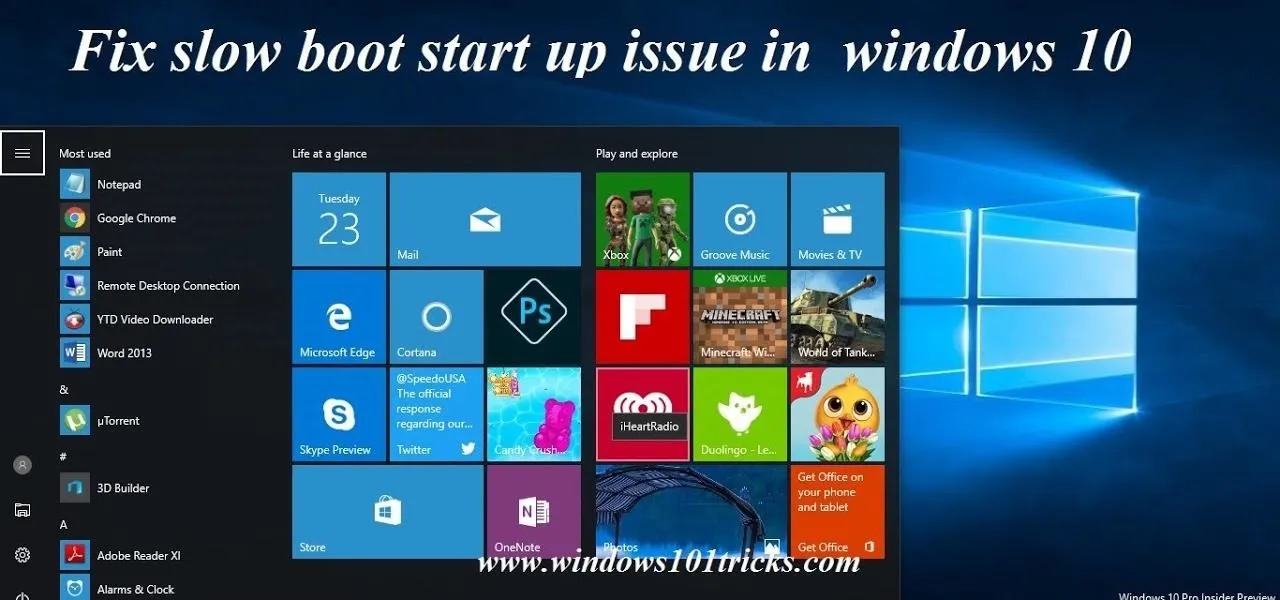
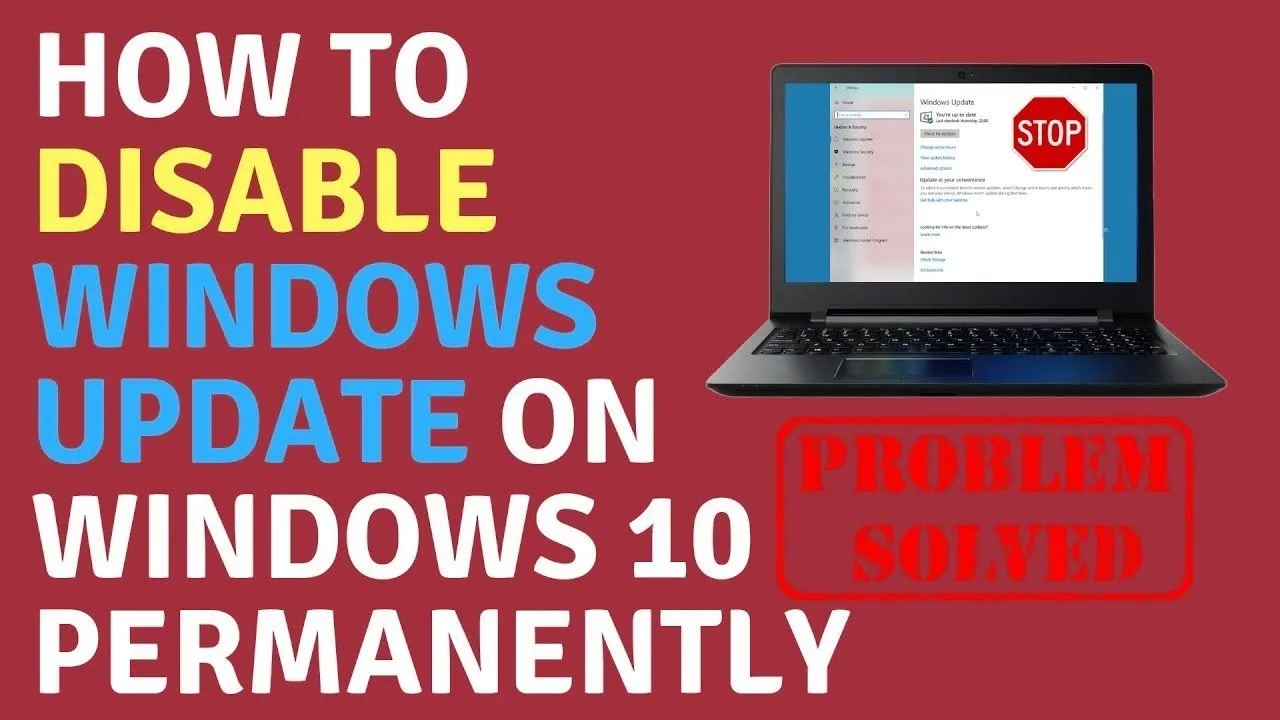
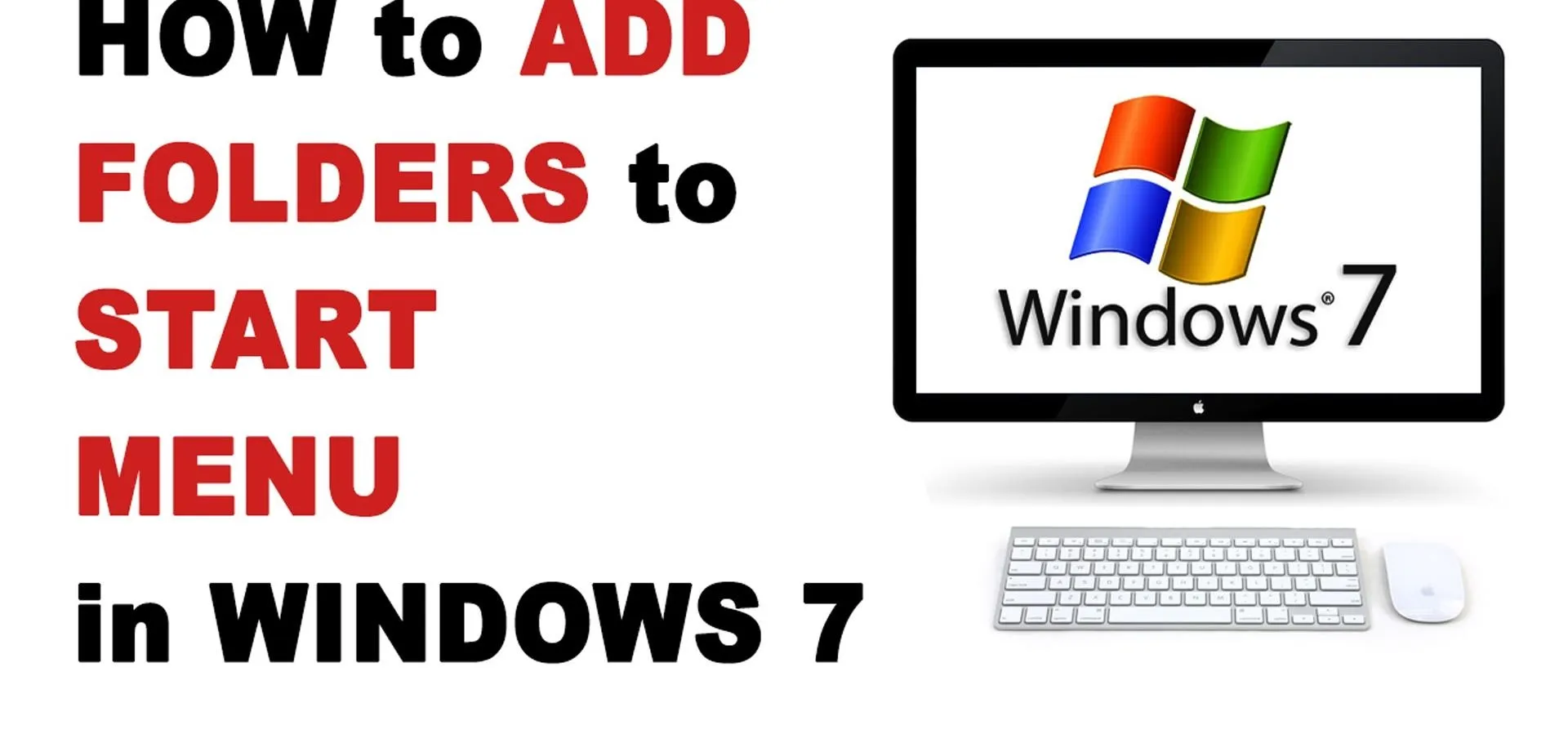
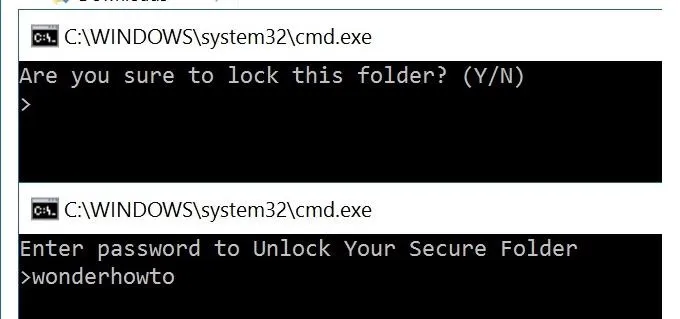
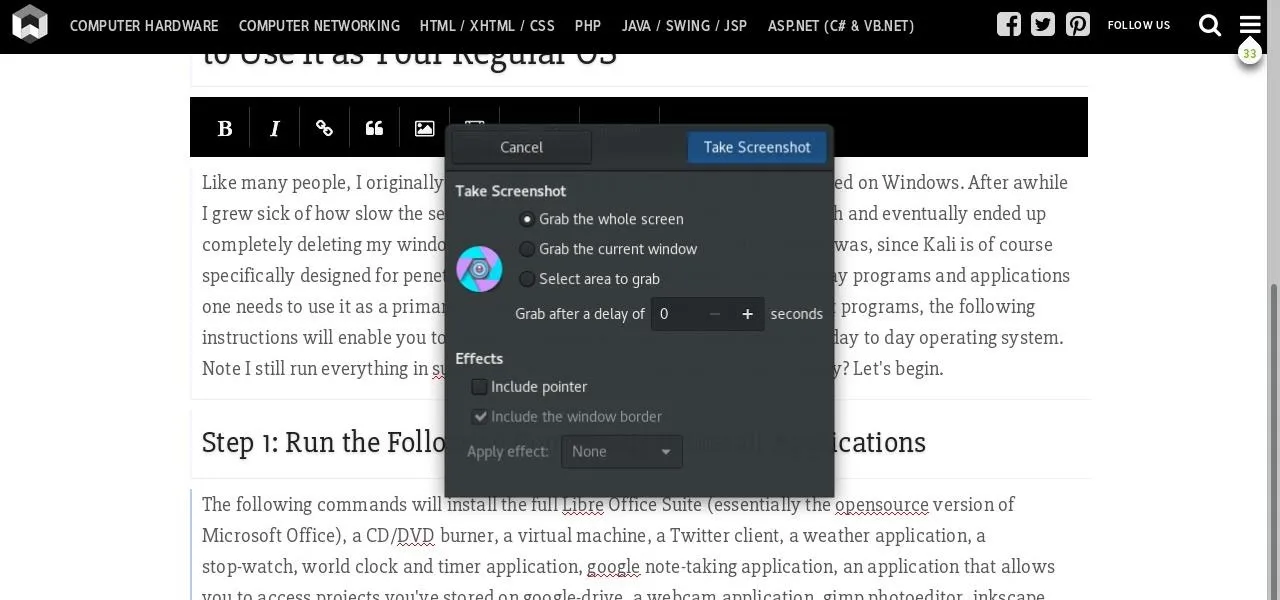
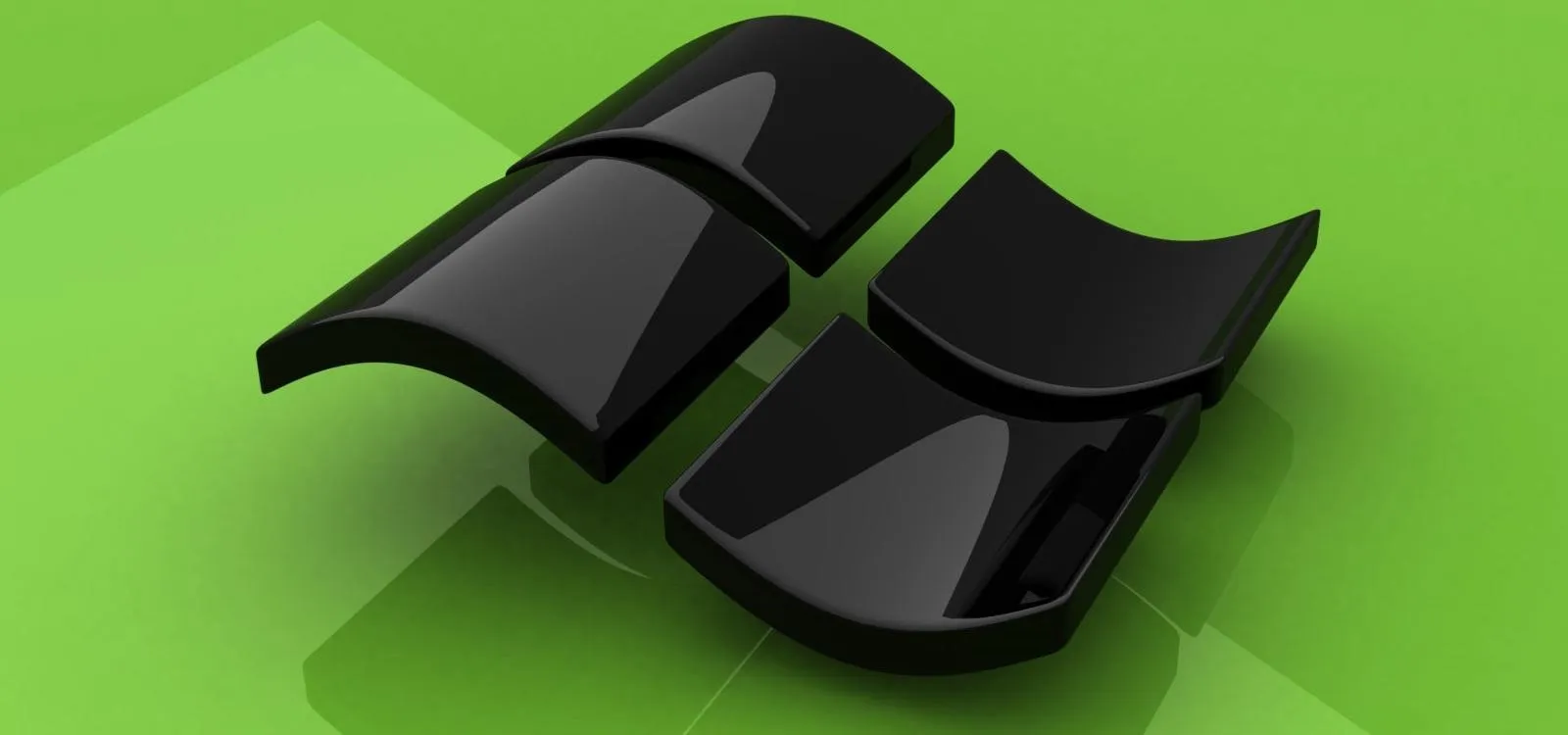


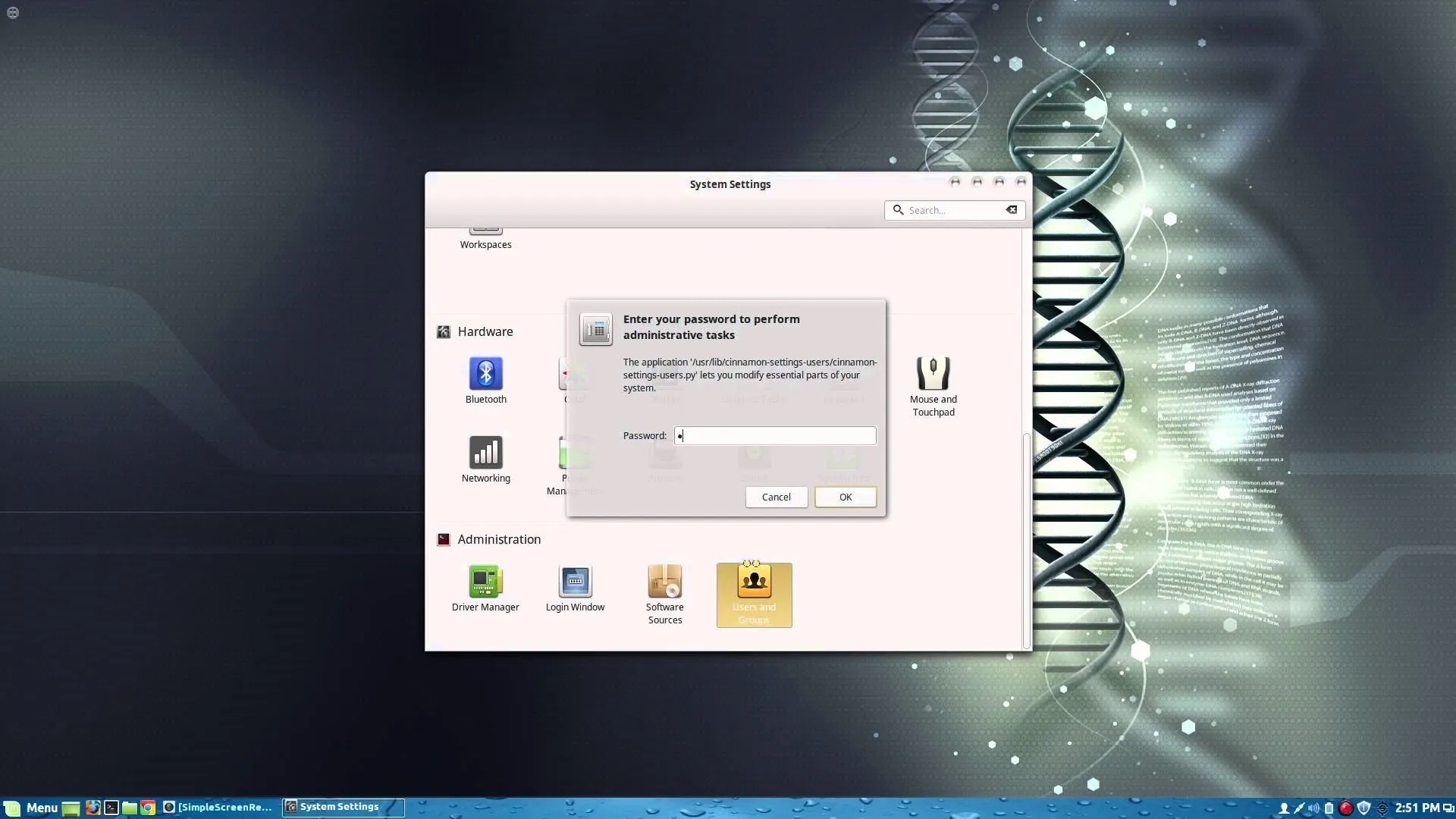
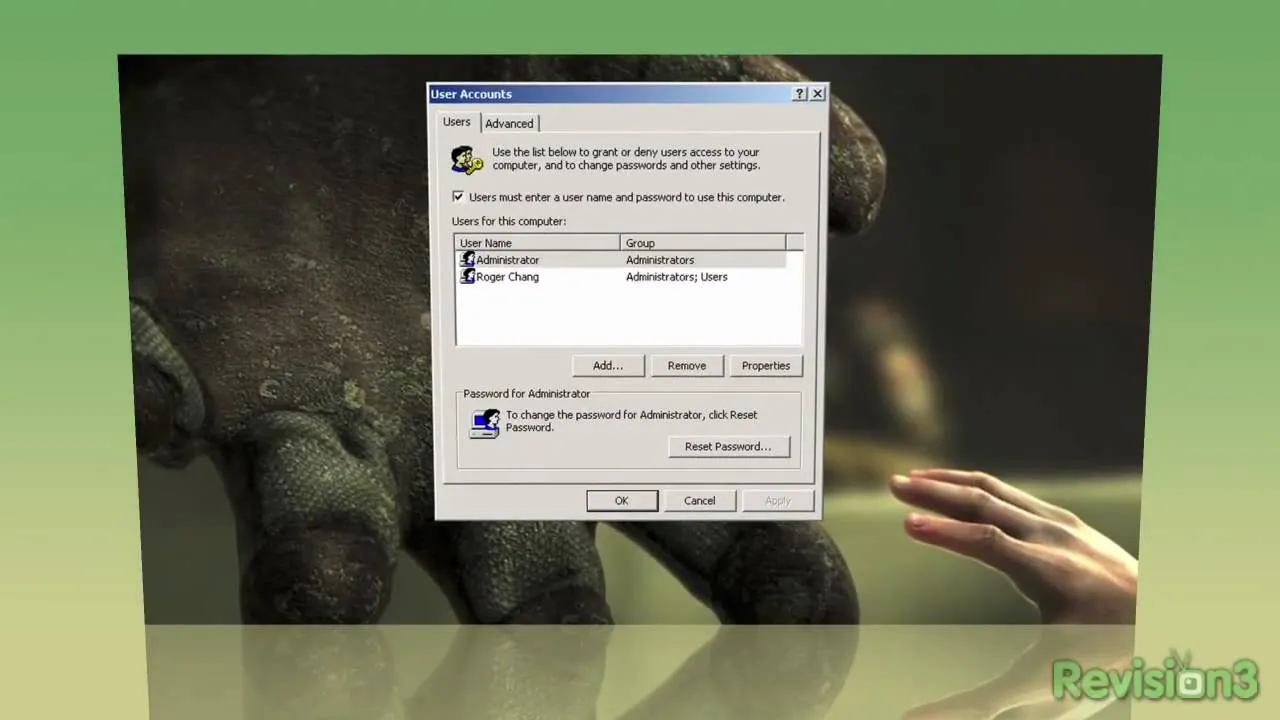
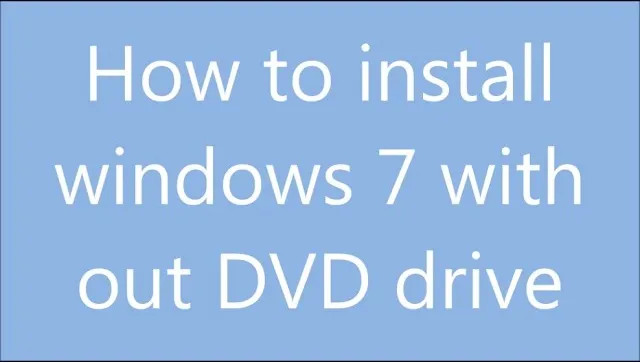
Comments
Be the first, drop a comment!